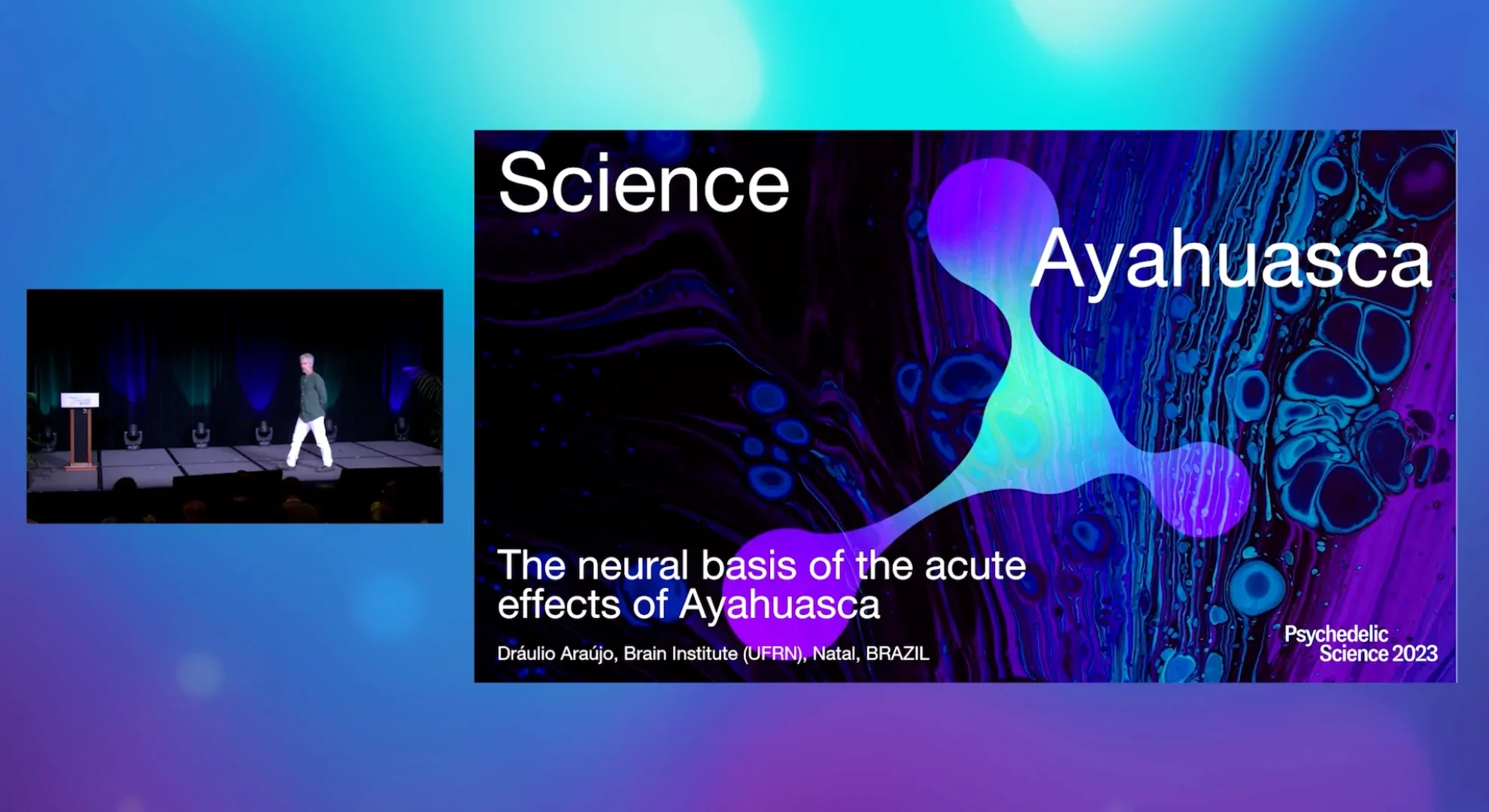
The neural basis of the acute effects of ayahuasca
Speakers
We have been studying the effects of ayahuasca on the human brain since 2005. In these studies, we have used functional neuroimaging tools, such as Functional Magnetic Resonance Imaging (fMRI) and electroencephalography (EEG) to assess the impact of ayahuasca on neural systems associated with visual mental imagery, introspection, salience, and entropy. During the acute effects of ayahuasca, we have found changes in systems associated with memory, such as the hippocampus, vision, including the primary visual cortex, and areas associated with introspection, such as the frontopolar regions, and the default mode network. We also explored changes in brain organization. Using resting-state fMRI and complex network techniques, we observed increased entropy of node degree distribution and other structural properties of brain networks. In this presentation, we bring an overview of the main changes observed in the human brain during the effects of ayahuasca, with a focus on parallels between a dream state and the experience with ayahuasca.
Share: The neural basis of the acute effects of ayahuasca
Facebook
Twitter
LinkedIn
Email




